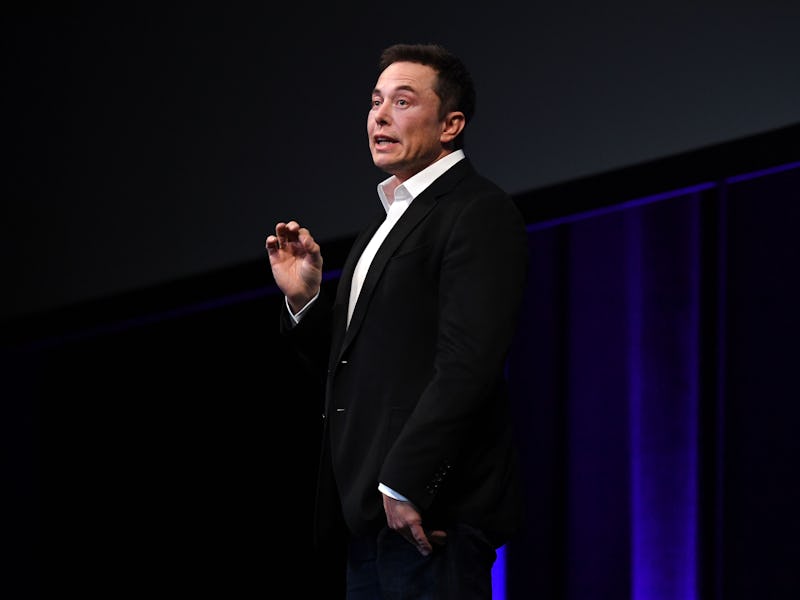Elon Musk Reveals What Aircraft Can Teach Mars-Bound BFR Rockets
The Boeing 747 and the BFR have a lot in common.

Elon Musk is building a rocket to take humans to Mars and transform humanity into a multi planetary species, with a little help from regular Earth-bound aircraft. This week, Musk unveiled the BFR rocket that’s designed to take 150 tons of payload into space with a design that’s reusable and refillable.
“Often I’ll be told, ‘But you can get more payload if you made it expendable’,” Musk told the audience at the International Astronautical Congress in Adelaide, Australia, on Friday. “I say, ‘Yes, you could also get more payload from an aircraft if you got rid of the landing gear and the flaps and just parachuted out when you got to your destination, but that would be crazy and you would sell zero aircraft.’”
The reason why it doesn’t make sense, beyond the whole parachute thing, is because of simple economics. To buy a small single engine turboprops aircraft, it’s going to cost somewhere between $1.5 to $2 million. To charter a Boeing 747 from California to Australia, it’s going to cost around half a million dollars there and back. While the 747 costs a lot more upfront, the low refueling cost means each trip costs far less than if you had to buy a new plane every time you flew.
“It’s really crazy we’re building these sophisticated rockets and then crash them every time they fly,” Musk said. “This is mad! I can’t emphasise how profound this is and how important reusability is.”
Slowly but surely, SpaceX is building to a future where rockets work more like aircraft. In December 2015, it became the first company to complete the world’s first landing of a first stage rocket during an orbital launch. It’s successfully landed 16 Falcon 9 rockets back on Earth, and even claimed the title of the first company to reuse a rocket.
Even at the Falcon 9 stage, where SpaceX is sending up satellites for third parties, the company can claim cost savings. One rocket costs $62 million, but the fuel only costs $200,000 to 300,000 a mission, meaning the refuel costs pale in comparison to the mammoth bill that would come from using a new rocket all the time.
The savings will help develop the BFR rocket in time for a mission to Mars in 2022:
The BFR.
Although an unmanned mission, Musk is hopeful that this will lay the foundations for a manned trip in 2024. From there, the team can start setting up a city on the planet, and possibly even terraforming to make it more hospitable. Turns out airlines can teach a lot about Mars trips.
If you liked this article, check out this video on how Elon Musk became so popular.